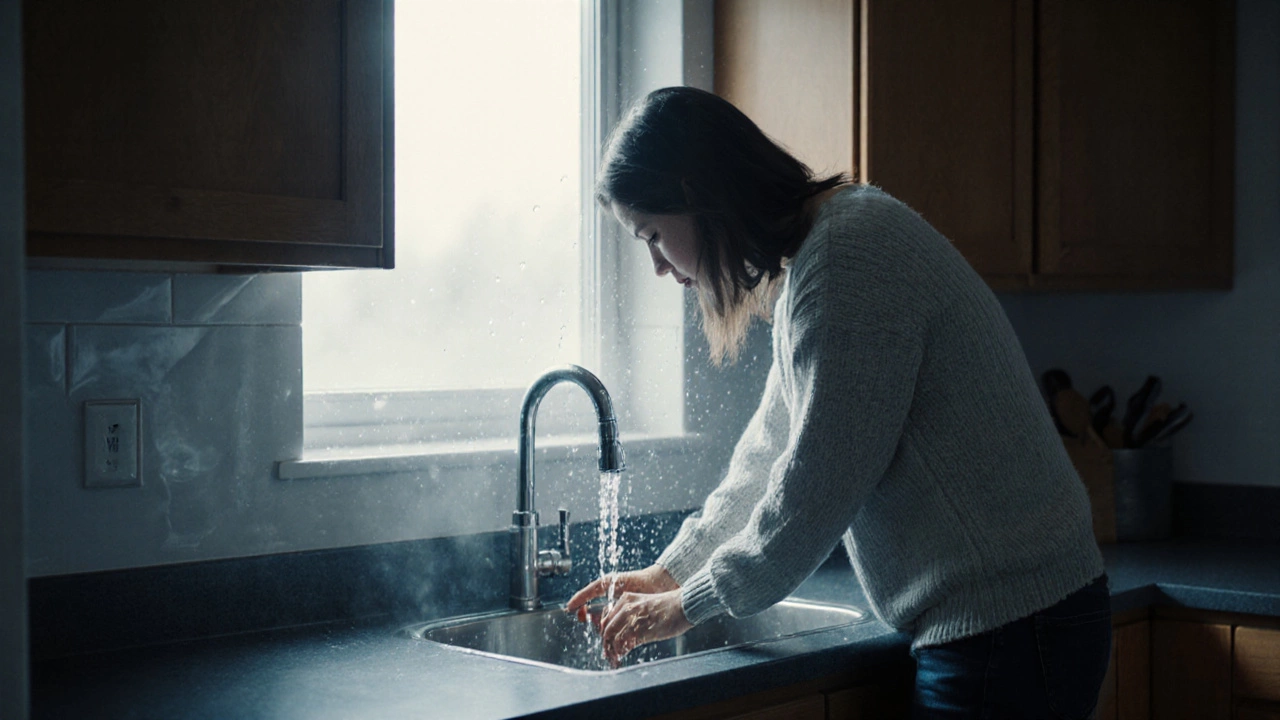Find out why you have no hot water, the most common cause, quick diagnosis steps, fixes, and when to call a pro.
Common cause of no hot water – What’s really behind the outage?
When you’re standing under a cold shower, the first thing on your mind is the common cause of no hot water. It’s the umbrella term for anything that stops hot water from reaching your tap. Also known as no hot water issue, it usually points to a failing boiler, a busted thermostat, or a dead pilot light. no hot water can be caused by any of these components malfunctioning, and each one has its own tell‑tale signs.
**Entity‑Attribute‑Value**: a typical boiler (central heating unit) lasts 10‑15 years, operates at 60‑70 °C, and uses a gas‑fed burner. A thermostat controls water temperature, usually ranging from 30‑80 °C, and a pilot light provides the spark needed to ignite the burner. When any of these attributes fall outside their normal range, the result is a hot‑water outage.
Semantic triples in action: the common cause of no hot water encompasses boiler failure; a faulty thermostat influences hot‑water supply; a missing pilot light prevents the water heater from heating at all. Knowing which piece is misbehaving saves time and money.
Quick checks before you call a pro
Start with the easiest tests. Is the pressure gauge on the boiler showing the green zone? Low pressure often means a leak or a need to top up the system – a quick fix in many cases. Next, feel the thermostat dial. If it’s stuck or reads far below the set temperature, you’ve likely got a sensor problem that a DIY reset can solve. Look at the pilot light through the viewing window; a flickering or completely out flame is a sign the gas supply or ignition module needs professional attention.
Beyond these three, remember that regular maintenance—flushing the water heater, checking the anode rod, and descaling the heat exchanger—keeps the system from slipping into a no‑hot‑water state. Brands known for durability, like Rheem or AO Smith, still benefit from an annual service that removes sediment and restores efficiency. If you’ve ignored upkeep for years, sediment buildup can choke the heat exchanger, leading to the same cold‑shower frustration.
Now that you know the main culprits, the typical symptoms, and the simple DIY steps, you’re ready to dive deeper. Below you’ll find a curated set of articles that walk through each failure mode, the tools you’ll need, and clear guidance on when to pick up the phone and call an expert. Whether you’re fixing a thermostat, reigniting a pilot light, or scheduling a full boiler service, the collection gives you the practical insight you need to get the hot water flowing again.

